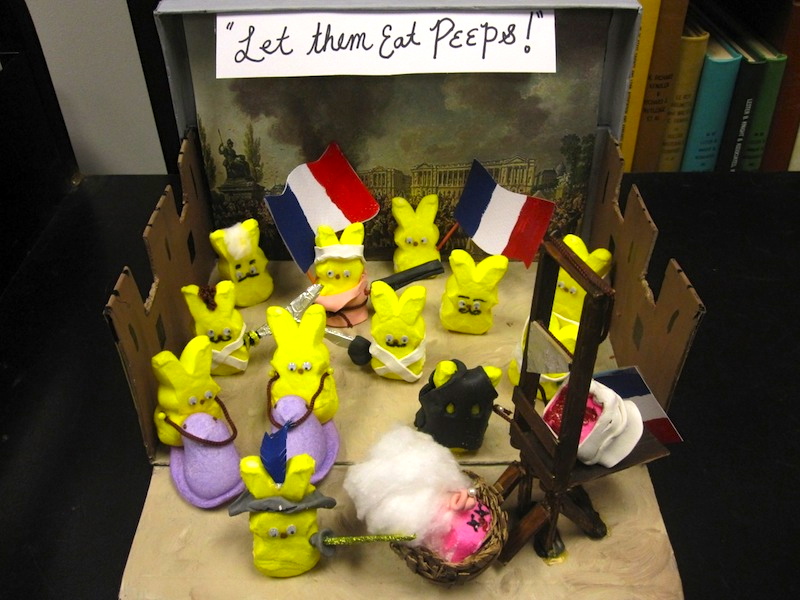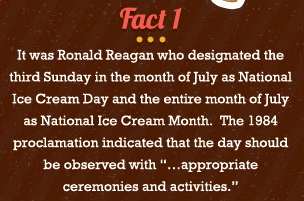It could just be a card from one baseball fan to another, one of those topical greetings that the card companies specialize it:

But in fact it’s from my New York Times carrier to me (a gentle Christmas Money solicitation, a different sort of specialized message — with the text “Joy & Peace / Hoping we will bring you better news this Holiday Season!”), and it’s not (intentionally) tailored to my interests at all. What makes it comprehensible is the context, here the geographical context: the carrier and the NYT subscribers are all in the San Francisco Bay Area, scene of the San Francisco Giants win in the World Series this fall. For the moment, then, we are all Giants fans.
Note how little it takes to make a baseball into a human head. Actually, anything roughly circular or spherical is easily seen as a human head, face forward, and that interpretation is (literally) instinctual: newborns are drawn to roundish objects as possible faces.
Here it takes only a cap of the right sort to turn the baseball into Santa Claus, and the intense red of the seams on the ball further encourages that interpretation (by a conventional association of the color with the season; at World Series time, the seams would have been orange — again, a conventional association — and the cap would have been a ball cap).
(Then there’s the text. I won’t rehearse the holidays / Christmas / Xmas battles again this year, after some years of discussions in Language Log and other blogs. Here I’ll just say that I’m perfectly happy with Happy Holidays, especially from someone I don’t know at all personally.)
Back to the Giants and the Bay Area. I did in fact get caught up in Giantsmania, for the playoffs and the Series, this year as in 2010. People sometimes express surprise that a gay man would be interested in baseball (or any other strongly masculine-ethos sport), as if getting your Queer Card™ meant you had to cleave only to conventionally faggy tastes, when in fact the Queer Card gives you license to cleave to whatever faggy tastes suit you and to reject whichever imperatives of hypernormative masculinity don’t suit you, while preserving the ones that work for you. Plenty of gay men are enthusiastic sports fans, into football, hockey, basketball, or, yes, baseball; and some are serious players. (Some can segue from the NFL to opera to cooking while cruising in a leather bar. I think that’s just splendid.) Others, of course, think of pro sports as silly, childish, and deeply boring.
In addition, if you’re a gay sports fan, you — along with straight women — can get the extra pleasure of thinking of athletes as sex objects — pieces of meat, as one friend of mine puts it. You can in fact get the double view, identifying with male athletes the way straight guys do and (privately) lusting for them the way straight women do. (A note on the queering of interest in the Giants in my “Halloween Giants” posting, here.)
Now I am not a sports fan in any conventional sense. I don’t have the requisite interest in the fine points of play, the game and player histories, the stats stats stats, and so on. But I support the local guys and I love watching them play. I’m even (slowly) learning more about how baseball works and beginning to appreciate its subtle pleasures. And I especially enjoy the community of local fandom, sharing those pleasures with others.
So now I have the t-shirts –

to go along with my LINGUISTICS t-shirts and my QUEER QUEER QUEER t-shirts.
(I chose not to get shirts for my favorite players — catcher Buster Posey and pitcher Tim Lincecum, in particular — because those were all outrageously expensive. The plain all-cotton number above is quite reasonable in price, and I now have three of them as walk-around shirts for my Palo Alto wanderings in my walker. Oh yes, in total, 9 blocks of walking yesterday; getting stronger.)








































 (#1)
(#1) (#2)
(#2)






















